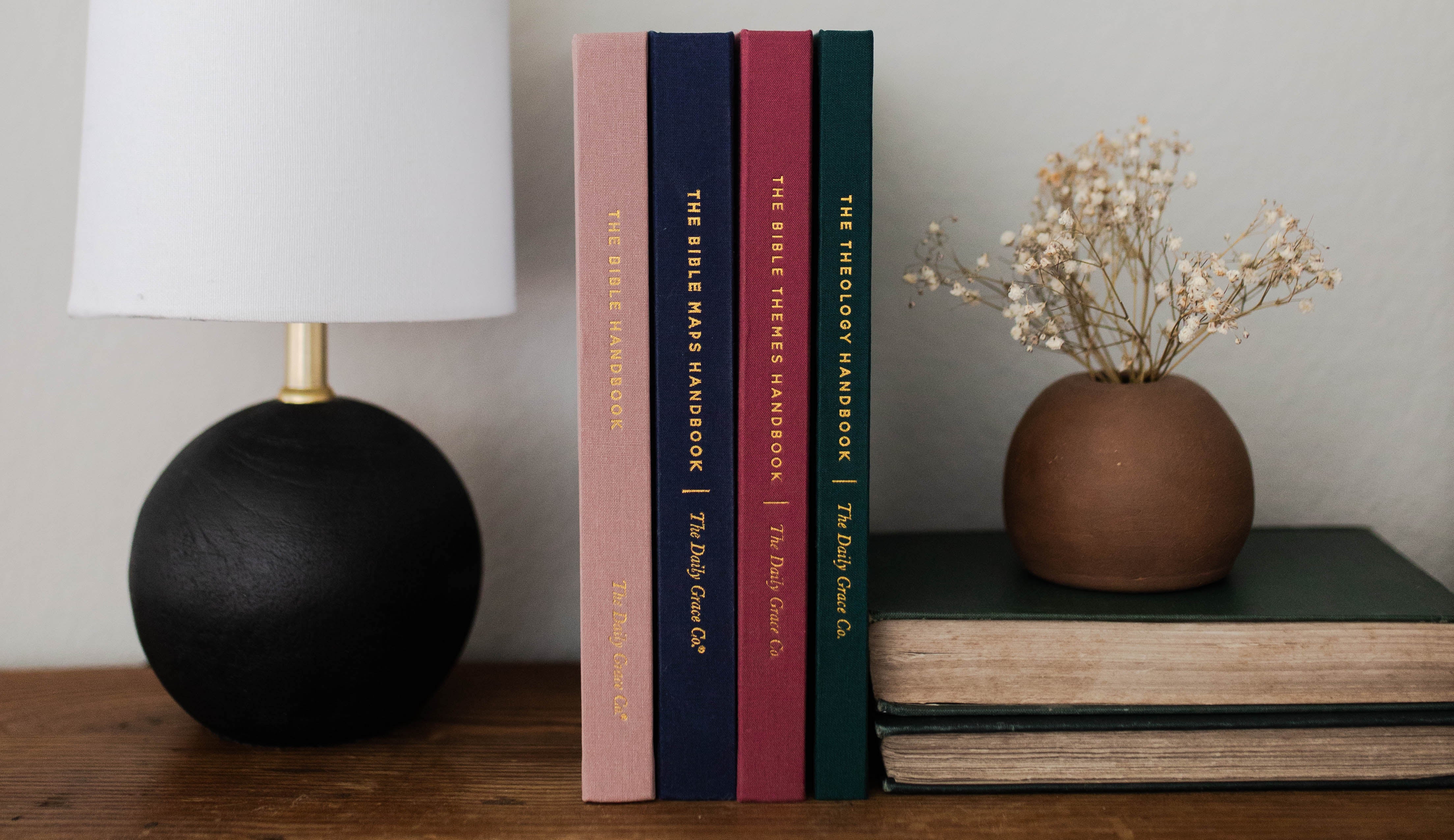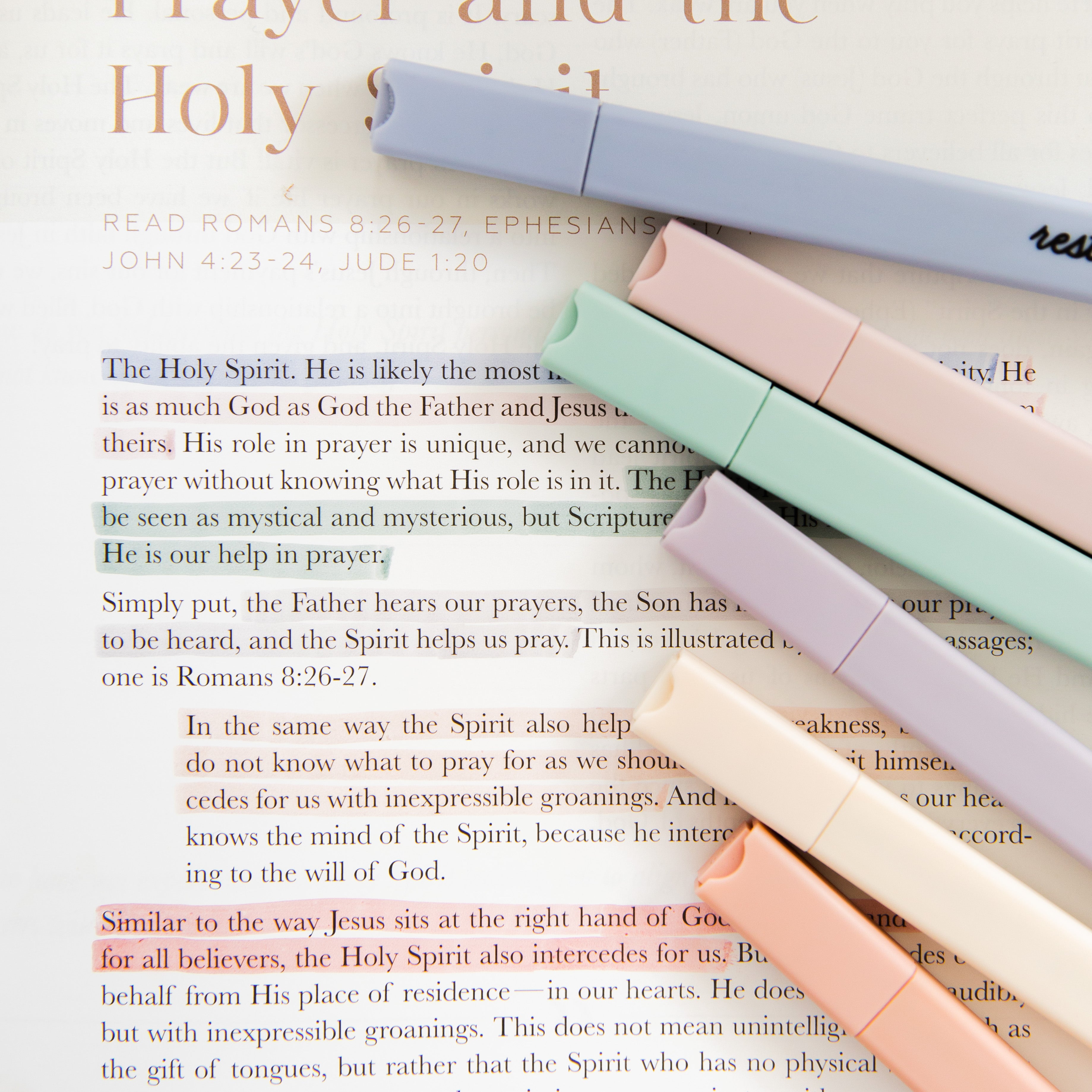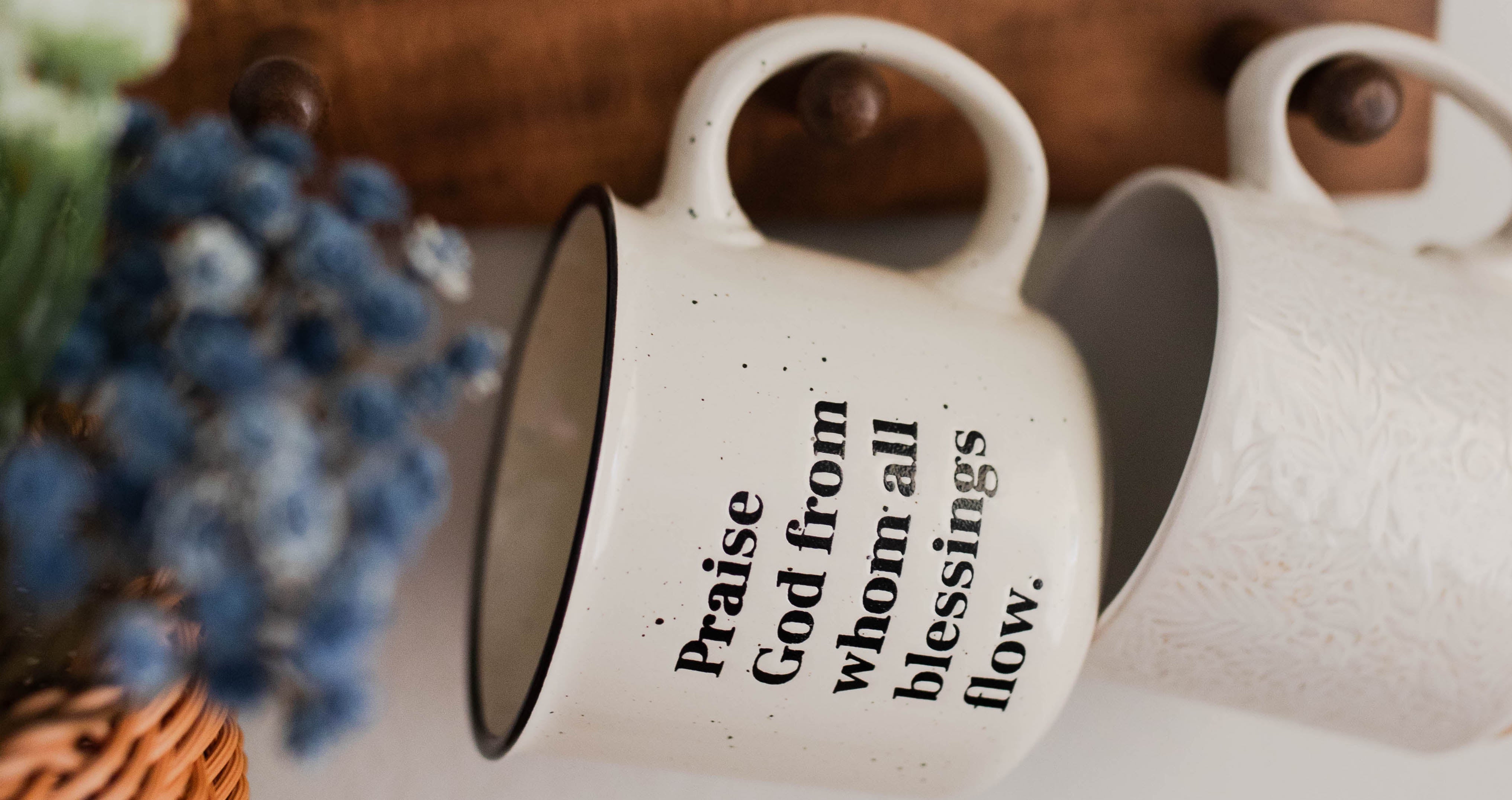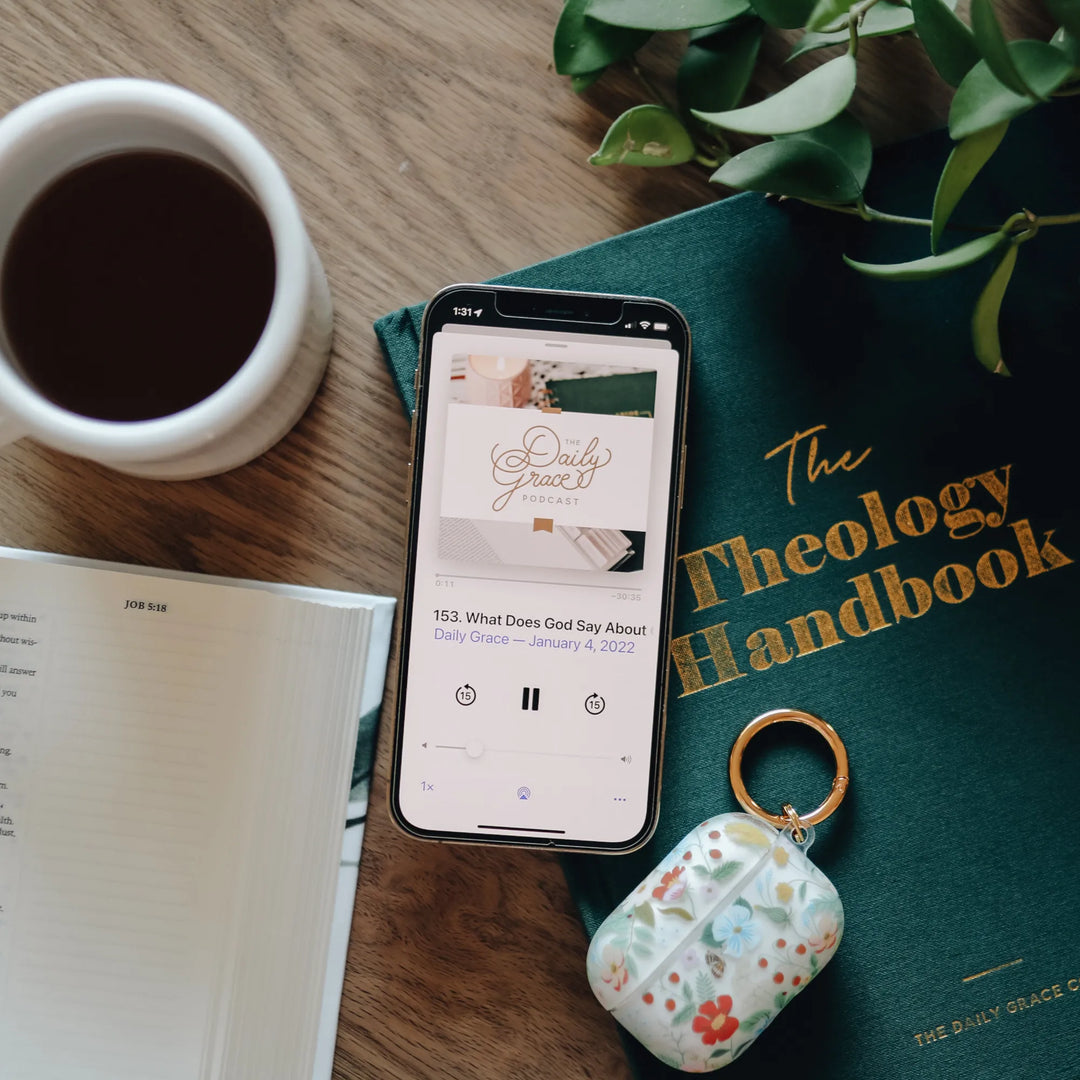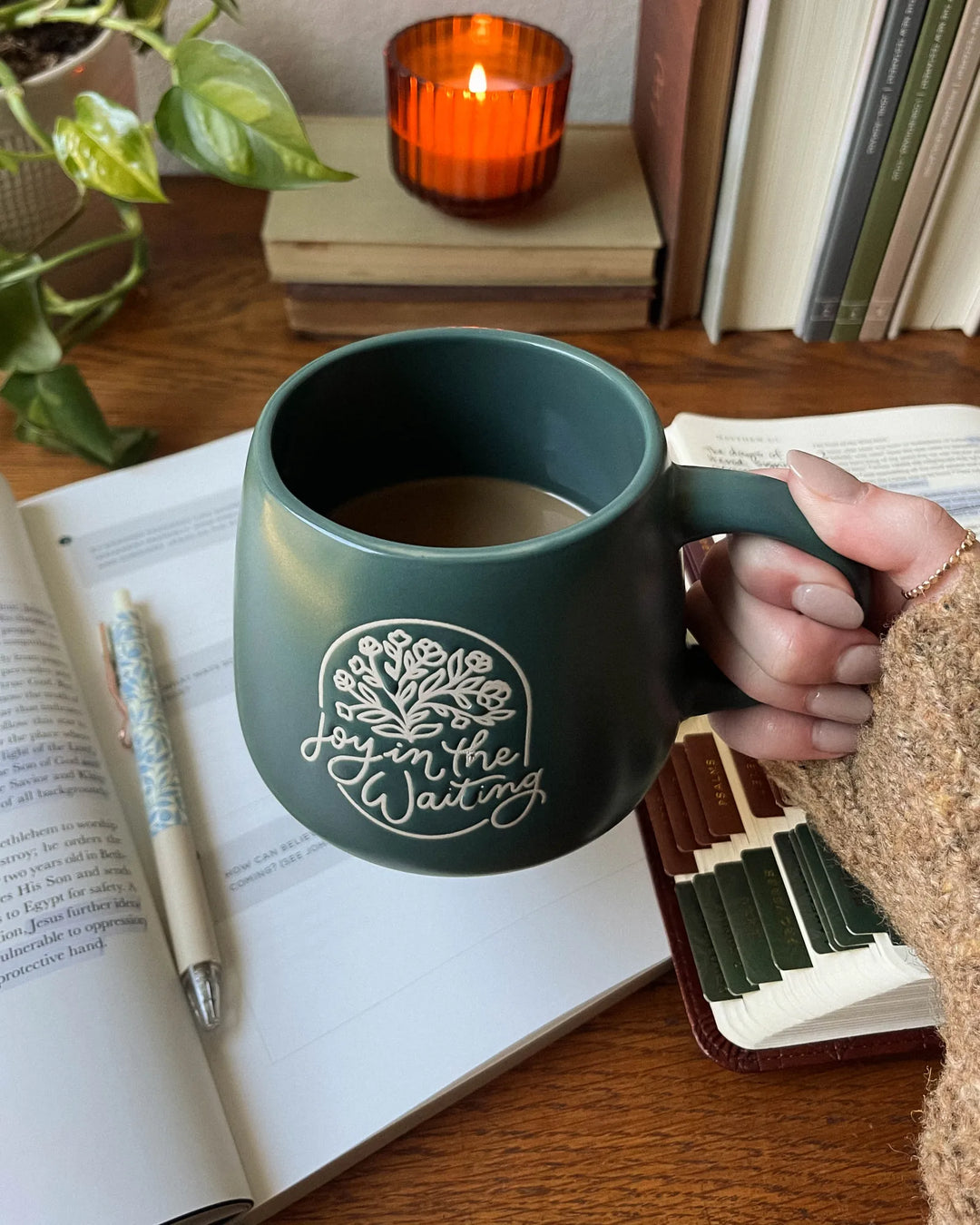As we exited the church after service, my friend asked, “Is your church Catholic? I haven’t had to sit and stand and recite that many things in church since I was a kid and went to mass with my grandma.”
My church is not Catholic—but we do structure our service in a more “liturgical” way that might feel very traditional to those who are unfamiliar with it. And although liturgies and liturgical practices have seen an uptick in popularity lately, the term “liturgy” itself isn’t often defined or explained. So what exactly does “liturgy” mean?
Liturgy defined
Simply defined, liturgy is a guide for worship—a means of leading God’s people into praising Him and communing with Him. Traditionally, the term has referred to corporate worship services. Going through the events in a church service would also be described as going through the church’s liturgy. But as time has gone on, the word liturgy can also refer to any guide or structure for worshiping God, whether communal or personal. This includes practices like observing the church calendar or reciting prewritten prayers.

Examples of liturgy
One example of liturgy—as mentioned above—is a church service. Typically, more traditional churches would call their services liturgies. These liturgies include very structured elements. Some common liturgical elements are:
-
A corporate confession (in which the congregation recites a prewritten prayer of confession for the sins they have committed the previous week)
-
Assurance of pardon (where a leader in the church reminds the congregation that their sins have been forgiven in Christ)
-
Preaching of the Word (where Scripture is read and a priest or pastor delivers a sermon)
-
Communion (where the church participates in the Lord’s supper together)
-
Benediction (the church is sent out into the world with encouragement)
For each of these elements, there are typically specific call-and-response readings, which are prewritten prayers or statements that the congregation recites together.
While these more traditional services and elements are notably “liturgical,” in truth, all worship services are liturgies, in that they guide us into worship and communion with God. Therefore, even modern worship service elements—like singing worship songs, listening to a sermon, and hearing an altar call—can also be considered liturgies.

Yet, there is another example of liturgy that is more personal: reciting prewritten prayers alone as an individual act of worship. There are ancient liturgical prayers—such as the “Jesus prayer,” which goes like this: “Lord Jesus Christ, Son of God, have mercy on me, a sinner.”
But there are also more modern ones—like the liturgies included in our book, Draw Near to God. Books like this are full of prayers that you can pray in specific situations—from feeling burdened by weariness to feeling anxious about finding a new job. These are liturgies because they serve as guides for worshiping God in the day-to-day.
Liturgy in practice
So, you do not need to be Catholic or attend a church like mine—with lots of sitting, standing, and recitation—to practice liturgy. You participate in communal liturgy every time you attend a church or worship service, and these services guide you as you come together with other believers to worship and be with God.
But you can also practice liturgy at home in your personal quiet times, by reciting prewritten prayers, singing worship songs, or using a Bible study to guide you in worship through studying God’s Word.
Liturgies can be ancient or modern, corporate or individual. But they all have the same end goal—to guide God’s people into proper and sincere worship, where they can praise, pray to, and be with God.

Additional Resources on Liturgy:
-
The Church Calendar (Launching in September! Be sure to sign up for launch notifications!)
-
A Year of Liturgical Living (Launching in September! Be sure to sign up for launch notifications!)

